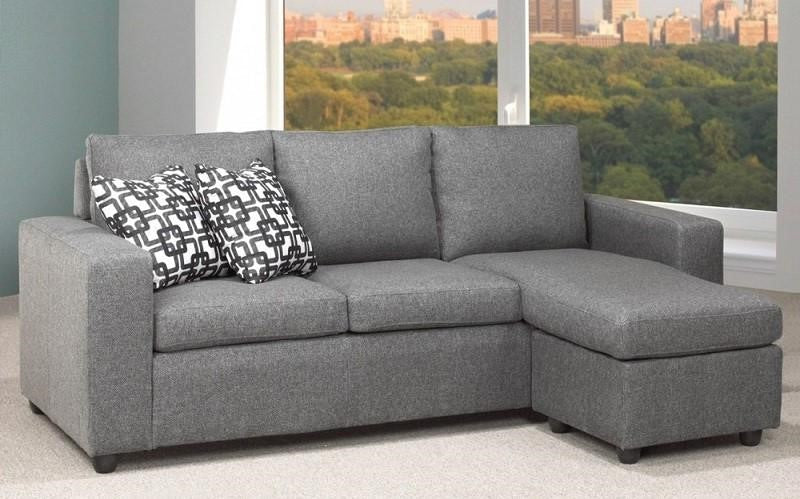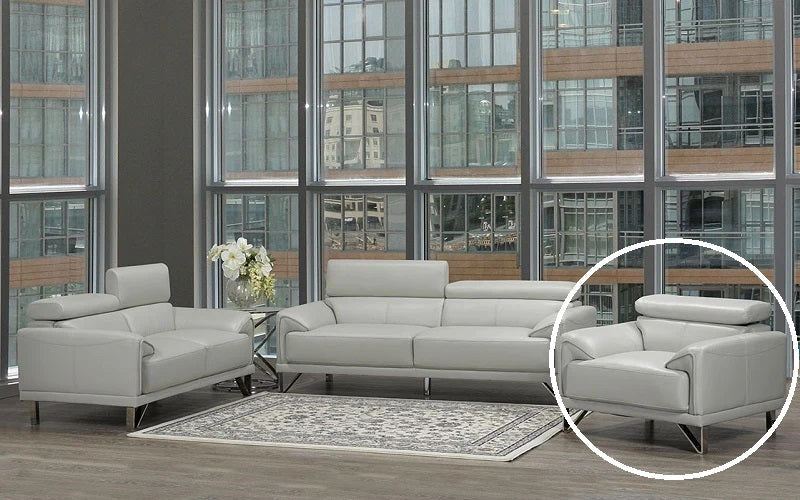Furniture's Essence Revealed: Self-Reflection

It is common for us to take furniture for granted in our daily lives. It is integral to our living spaces, providing comfort, functionality, and aesthetic appeal. However, beyond its practical uses, furniture holds a more profound significance that reflects our tastes, cultural heritage, and emotional states. This blog post aims to delve into the essence of furniture, exploring how it mirrors our identity and shapes our living environments.
The Historical Significance of Furniture
Furniture has always been more than functional objects. It has been a symbol of social status, artistic expression, and technological advancement. From the opulent furnishings of ancient Egyptian pharaohs to the minimalist designs of modern Scandinavian homes, furniture has always played a crucial role in defining different eras' cultural and social contexts.
Ancient Civilizations and Furniture
In ancient civilizations, furniture reflected wealth and power. For instance, Egyptian royalty's elaborate thrones and beds were made from precious materials and adorned with intricate carvings and inlays. These pieces were not only functional but also a testament to the craftsmanship and artistic prowess of the time.
Similarly, furniture was designed for aesthetics and functionality in ancient Greece and Rome. Using marble, bronze, and wood to create elegant, durable pieces highlighted artisans' advanced skills. Furniture in these cultures was often associated with rituals and social gatherings, emphasizing its role in daily life and cultural practices.
The Middle Ages to the Renaissance
During the Middle Ages, furniture design became more utilitarian, reflecting the austere and pragmatic nature of the time. However, with the advent of the Renaissance, furniture again became a canvas for artistic expression. The revival of classical art and architecture influenced furniture design, leading to ornate and sophisticated pieces that combined functionality with beauty.
The Renaissance period saw the emergence of master artisans who elevated furniture making to an art form. Intricate woodwork, luxurious fabrics, and innovative designs became hallmarks of this era. Furniture was not only a symbol of wealth and status but also a reflection of the intellectual and cultural awakening of the time.
The Psychological and Emotional Impact of Furniture
Beyond its historical and cultural significance, furniture also profoundly impacts our psychological and emotional well-being. The furniture we choose for our homes can influence our moods, behaviors, and overall quality of life.
Creating comfort and security
Furniture provides comfort and security. A well-chosen piece of furniture can create a sense of sanctuary, offering a place to relax and unwind. Comfortable seating, cozy beds, and supportive chairs are essential for our physical well-being, contributing to better posture, restful sleep, and reduced stress levels.
Furniture arrangement and selection can also impact how we perceive and use our living spaces. For example, a well-organized and clutter-free room with comfortable furniture can promote relaxation and mental clarity. On the other hand, a disorganized space with uncomfortable or mismatched furniture can lead to anxiety and restlessness.
Reflecting on Personal Identity
Furniture is a powerful means of expressing our identity and style. Furniture choices reflect our tastes, preferences, and values. Whether we prefer modern minimalist designs, rustic farmhouse aesthetics, or eclectic bohemian styles, our furniture choices reveal much about who we are. They also reveal how we want to present ourselves to the world.
Personalizing our living spaces with furniture that resonates with us can create a sense of belonging and self-expression. It allows us to curate an environment that feels uniquely ours, fostering a deeper connection to our homes and enhancing our overall well-being.
Influencing Social Interactions
Furniture also plays a significant role in shaping our social interactions. Furniture layout and arrangement can encourage or hinder socialization. For instance, a living room with comfortable seating arranged in a circular pattern can facilitate conversation and foster a sense of community. Conversely, a room with isolated and uncomfortable seating can create barriers to interaction and communication.
Furniture can also serve as a focal point for social activities. Dining tables, for example, are often the center of family gatherings and celebrations, creating opportunities for bonding and sharing experiences. By thoughtfully selecting and arranging furniture, we can create spaces that enhance our social connections and strengthen our relationships.
The Future of Furniture: Sustainability and Innovation
As we move into the future, furniture essence continues to evolve, driven by technological advancements, changing lifestyles, and growing awareness of environmental sustainability.
Sustainable furniture design
With increasing concerns about climate change and its environmental impact, sustainable furniture design has become a significant trend. Consumers seek furniture made from eco-friendly materials such as reclaimed wood, bamboo, and recycled metals. Additionally, a growing demand for furniture produced uses environmentally responsible manufacturing processes.
Sustainable furniture reduces our ecological footprint and promotes healthier living environments. Furniture made from natural and non-toxic materials can improve indoor air quality and reduce exposure to harmful chemicals.
Innovative technologies
Innovative technologies are also shaping furniture design's future. Bright furniture is becoming increasingly popular with features such as built-in charging stations, adjustable settings, and connectivity with other smart devices. These advancements enhance furniture functionality and convenience, making it more adaptable to modern lifestyles.
Moreover, advancements in materials science lead to lighter, more robust, and more versatile furniture. Innovations like 3D printing and modular design open new possibilities for customization and personalization, allowing consumers to create furniture that perfectly fits their needs and preferences.
Final thoughts
Furniture's essence goes beyond its functional purpose. It reflects our history, culture, personal identity, and emotional well-being. As we continue to navigate the complexities of modern life, our furniture choices will play a crucial role in shaping our living environments and enhancing our quality of life.
By understanding furniture's more profound significance, we can make more mindful and meaningful choices that align with our values and aspirations. Whether we are drawn to the elegance of historical designs, the comfort of familiar pieces, or the innovation of sustainable and innovative furniture, the essence of furniture lies in its ability to enrich our lives and connect us to our surroundings.




